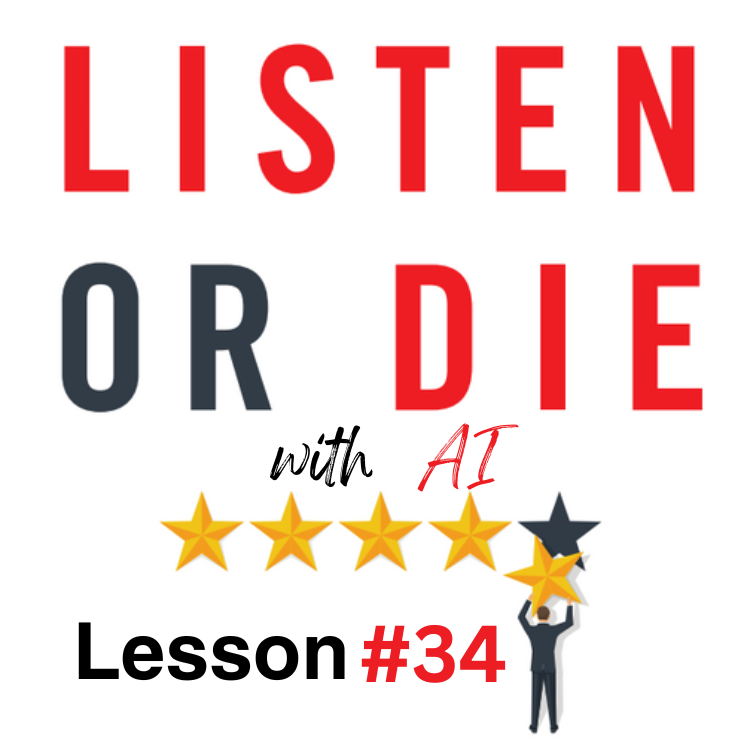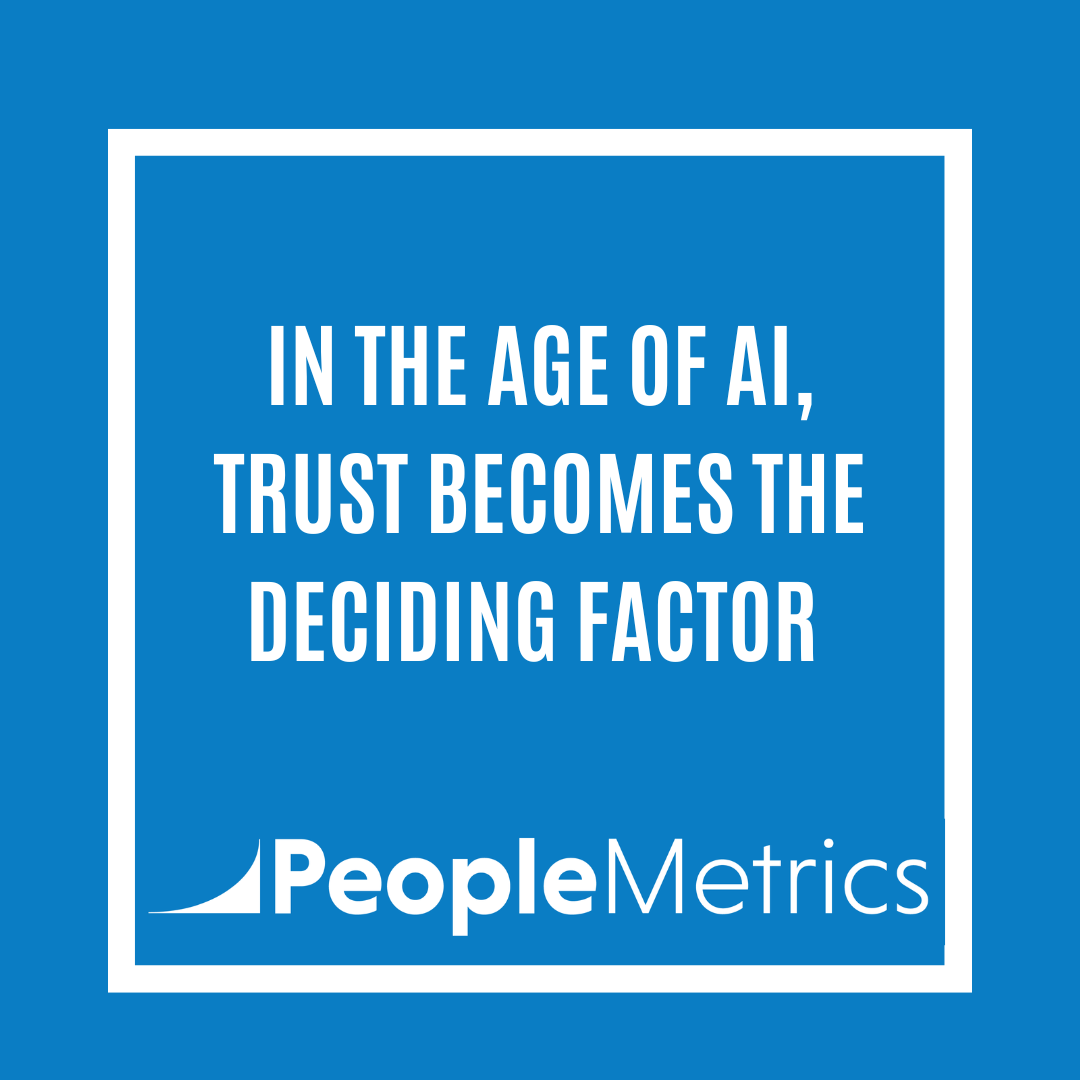When I first wrote about this lesson in Listen or Die back in 2017, it was one of the most important truths I had learned in running VoC programs: just because you launch a VoC platform doesn’t mean people will use it.
That hasn’t changed, even in the age of AI.
You can do everything right—get executive buy-in, design smart surveys, select the right touchpoints, and build a strong platform—but until your front line is logging in daily, reviewing customer feedback, and acting on it, your VoC program will not reach its potential.
What AI Hasn’t Changed
The fundamental challenge of internal adoption—getting people to care about and act on customer feedback—is still a human problem.
AI hasn’t magically solved it.
You still need a solid internal marketing and training plan to bring your people along.
VoC success continues to depend on frontline engagement, and that means:
- Building habits through push reports
- Running fun training sessions
- Creating contests and recognition programs
- Making it part of the culture
What AI Has Helped With
AI has helped with making internal adoption easier to track and nudge forward. Here’s how:
- Intelligent push reports can be dynamically generated based on role, region, or past behavior.
- Usage pattern analysis can flag departments or individuals who are slipping and recommend nudges or follow-ups.
- Personalized recommendations can show users what dashboards or metrics they should pay attention to today, based on changes in their CX data.
These are helpful tools—but they don’t replace the need for champions, excitement, and executive energy.
VoC Is Still About People
What’s become even more clear to me since Listen or Die is that the real ROI of VoC happens when the people closest to the customer act on feedback—consistently.
If you're the VoC leader, your job isn't just to build the system. It's to market it internally like your career depends on it. Because it kind of does.
Train them. Nudge them. Gamify it. Celebrate wins. And above all, make it easy and rewarding to engage with feedback.
If you do that, they will come. And your company will feel the difference.
Your Turn
What’s changed for you since 2017 when it comes to internal VoC adoption?
Are you using AI to help drive platform usage or still relying on traditional training and recognition?
I’d love to hear what’s working (or not!)—drop me a message or leave a comment.
Comment Here!





